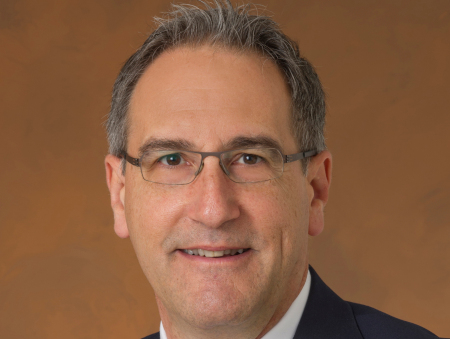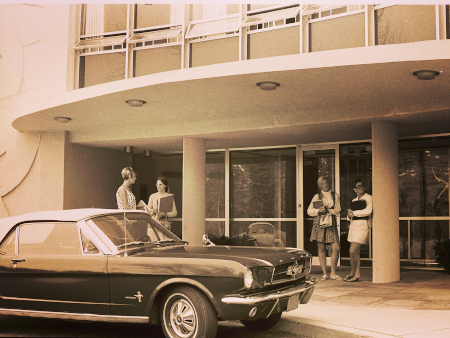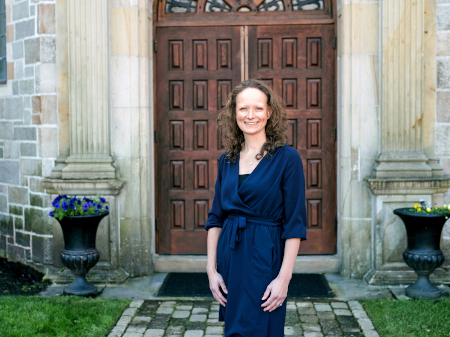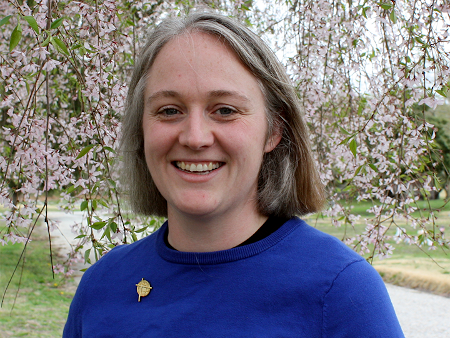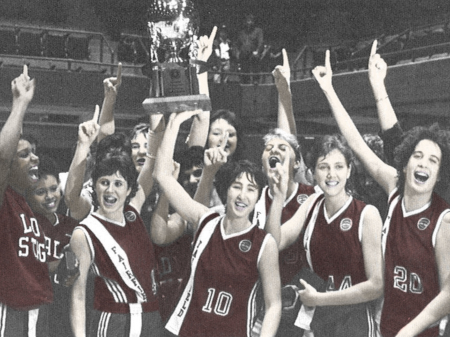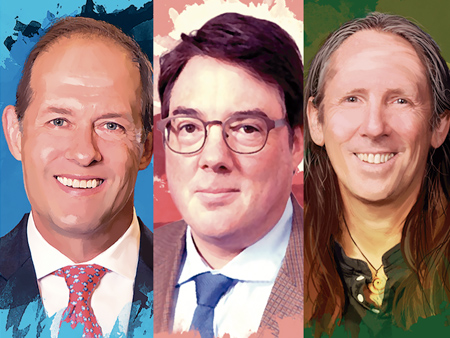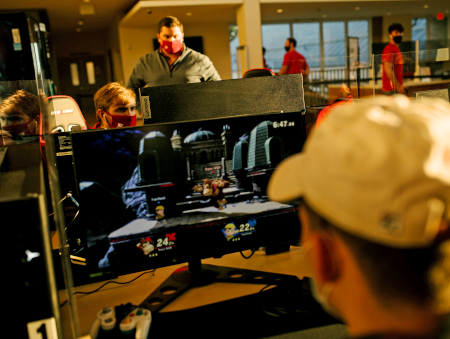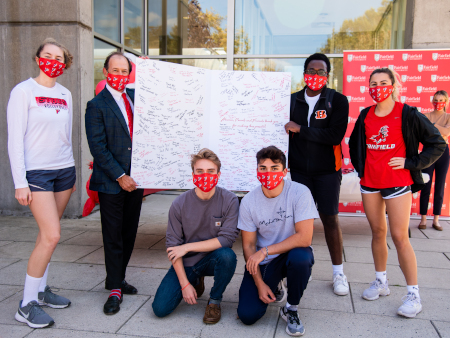Searching the Heavens, for Life on Mars
There are a huge number of possible planets out there in our galaxy alone. It is mind boggling when you ponder the potential for life in the universe.
— Joe Sauvageau ’79
Like a lot of Waterbury high schoolers in the mid-1970s, Joe Sauvageau ’79 enjoyed whiling away an after-school hour watching Star Trek reruns from the comfort of a beanbag chair in his rec room. But unlike most of his classmates at Holy Cross Catholic High School, Sauvageau often followed his daily sojourn with Kirk, Spock, and the gang by boldly going to the local library to learn more about phasers, teleportation, and warp speed.
“It was my inspiration,” Sauvageau said recently, with a laugh. “I wanted to know what they meant and what was possible.”
A boyhood fascination with robots and rockets has led to a passion-fueled career in science and technology, currently as system manager, Astronomy and Physics Directorate, at the Jet Propulsion Laboratory ( JPL) in Pasadena, Calif. There, Sauvageau, who earned a BS in physics and mathematics at Fairfield, leads a team developing next-gen optical instruments and space telescopes for use in exoplanet exploration and NASA missions.
In short, he contributes to the technology used in searching for life on Mars — and beyond.
Inspired by retired School of Engineering Dean Evangelos Hadjimichael to complete his MA and PhD from the State University of New York, Stony Brook, Sauvageau started his postdoctoral work at the National Institute of Standards & Technology (NIST) in Boulder, Col.
His work then took him to Motorola in Arizona and a photonics company in Washington, where he honed his love of entrepreneurial discovery, leadership, and partnerships.
“I had an opportunity to do something that maybe mattered to society,” said Sauvageau, who was eventually named chief technology officer at Lightpath Technologies.
Later, as president and principal consultant of Neuralfire Technologies, he helped design and implement a manufacturing capability for Northrop Grumman, for high-power laser diodes that supported the Department of Defense’s Energy Weapons Program.
While at Leidos Corporation, Sauvageau was chief engineer and sensor architect on the Commercially Hosted Infrared Payload — also known as CHIRP — a program that helped reduce risks in the development of wide field-of-view staring infrared imaging sensors used by the Air Force.
He served as a program manager and chief engineer for the Air Force’s Autonomous Nanosatellite Guardian for Evaluating Local Space (ANGELS) program.
What does all that mean?
“I put two things up in space,” he said. Which isn’t to say Sauvageau hasn’t taken time to enjoy his off-work hours. Shortly before the turn of the century, he moved to Hawaii, turning his full attention to becoming a master scuba diver.
Well, not his full attention. It was while teaching scuba classes himself that he met his wife of 20 years, Zulma, who has joined him on undersea adventures around the globe.
With each move, Sauvageau found himself moving from microscopic devices to the giant space telescopes he’s been perfecting and fine-tuning in recent years. At JPL, he enjoys leading a team on optical instrument design and development of cryogenic space telescopes.
Some of his work deals with promising advancements in exoplanet characterization, including digging chemical signatures from light that will help scientists determine, for example, whether there is life in the clouds around Venus, a planet which is so hot it would melt lead on its surface.
And that’s just one location for exploration.
“There are a huge number of possible planets out there in our galaxy alone,” Sauvageau said. “It is mind boggling when you ponder the potential for life in the universe.”
Sauvageau, who has spoken to groups on campus before, enjoyed linking up with old friends and classmates during 2019 reunion activities. In the lab, he’s energized mentoring new scientists and he hopes to return to Fairfield in the coming years to speak and find internship opportunities for up-and- coming entrepreneurs and scientists.
In his spare time, he continues his own exploration into complexity theory and, more recently, evolutionary game theory and consciousness vs. matter.
While his own openness to new thought and theory helps, he’s finding his own research often brings him back to concepts learned in philosophy classes at Fairfield. There’s a certain synergy between the mystics of old and scientific theorists working today, he said.
“I have a better appreciation of what I learned back at Fairfield,” said Sauvageau. “There are deeper things beneath the surface.
“When I stare into the night sky, I am left in awe with a profound curiosity that drives questions and a never-ending search for understanding.”
